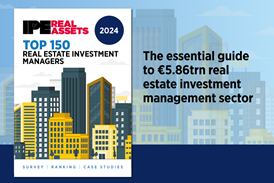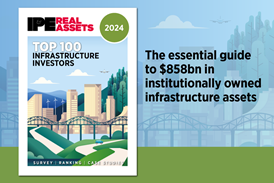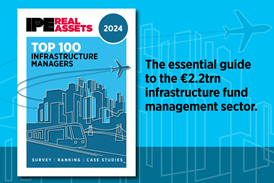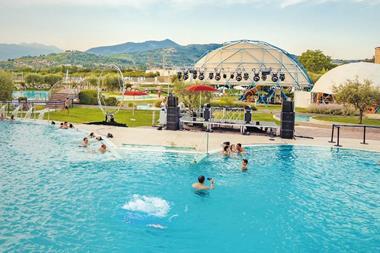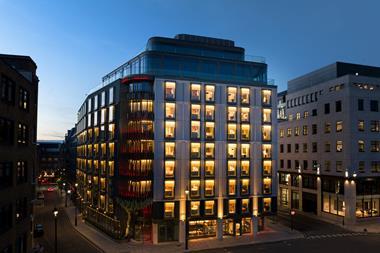The logistics sector in Europe is on a roll, but has to deal with two related challenges: the 'last mile' and technological innovation, delegates heard at PropertyEU's European Logistics Roundtable, which was held at Mipim in March.

‘The biggest challenge facing logistics at the moment is the last mile, getting the product into the hands of the end-purchaser,’ said Jack Cox, head of EMEA industrial and logistics capital markets at CBRE. ‘It requires smaller buildings and automated delivery and land prices are higher because of the location,’ he added.
More than ever, the customer is king, demanding items are sold more cheaply and then delivered quickly and more flexibly, and companies have to adjust. The consumer goods sector is fast-moving and requires constant technological innovation.
‘Logistics is taking an ever-bigger share of the retail sector, it is an unstoppable trend,’ said Umut Ertan, founder and shareholder of RLI Investors. ‘Warehouses are the shops of the future.’
One-hour delivery window
Last-mile delivery is needed across Europe, but while it can be relatively easy to be near where customers live in a city like Prague, in London it’s a different story given its size. ‘You probably need 100 different sites to be able to deliver within the promised one-hour window,’ said Ian Worboys, CEO of P3 Logistic Parks.
‘A shed is a shed but there is innovation in the building itself and in the processes that happen within the box as well,’ said Cox. Multi-storey warehouses are more in demand, and more power is needed for the high-tech robotics inside. Outside there may be fewer parking places but more electric car charging points, while inside artificial intelligence is used to increase operational efficiency.
The big players with hefty balance sheets can put in more capex, said Cox: ‘Companies like Amazon or Zalando can pay, say, €100 mln for a building and then spend another €150 mln on fitting it out internally. This means they are very sticky buildings from the occupier’s point of view.’
Mezzanine space
Multi-storey buildings are regarded as a more efficient way to manage inventory and are increasingly in demand. ‘A big trend we see is mezzanine space,’ said Ertan. ‘Clients ask for a second mezzanine space to repackage goods and handle returns. In Germany e-commerce is the big driver of logistics, growing at a 15-20% rate a year.’
Improvements in the supply chain, as well as the supply/demand imbalance, are attracting a growing number of investors to logistics. According to a new CBRE survey, the percentage of investors who are planning to put capital into the sector has doubled to 20% in the last 10 years. ‘Logistics is in demand because investors can see the supply chain all the way to urban locations,’ said Tom Waite, national director capital markets – logistics & industrial at JLL.
New capital is coming into the sector all the time, from the Far East and from the US, he said, but ‘the main driver is still domestic money, attracted by the returns and the ability to grow scale and to create relationships with tenants across micromarkets and even across borders'.
Wave of investors
More platform deals are needed to satisfy the hunger of investors trying to find deals. ‘What is keeping us busy is the multi-tiered wave of investors looking to get in,’ said Waite. ‘The ones already present want to grow their exposure, while there is a huge number currently on the sidelines looking for an entrance into the European market.’
Investments are underpinned by the strength of fundamentals and the belief that the logistics growth story has only just begun. There is no risk of a bubble, said Cox: ‘I calibrate risk in terms of record high rents and record low yields and we are not seeing that combination in the market, so I definitely believe that there is more room to run.’
